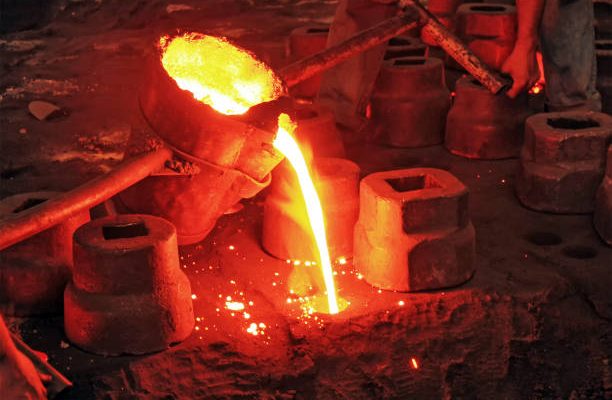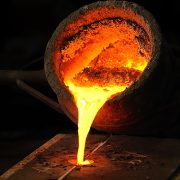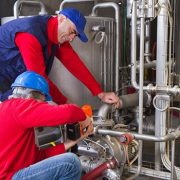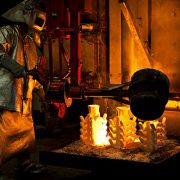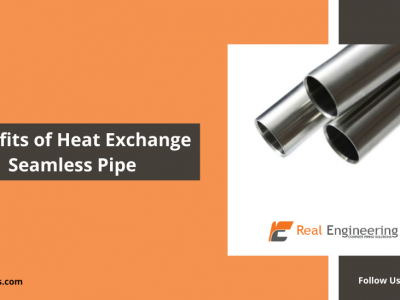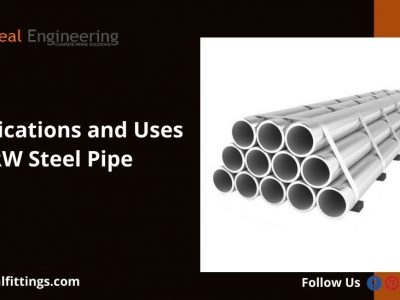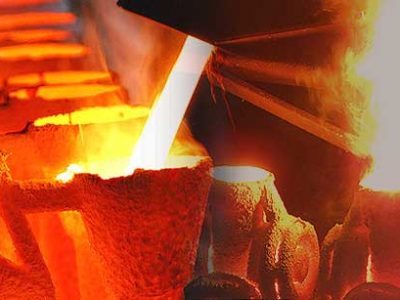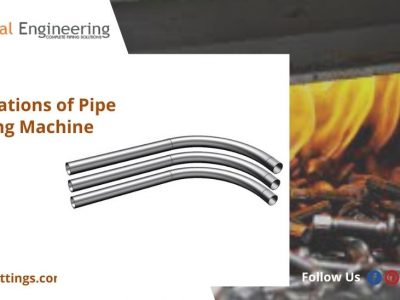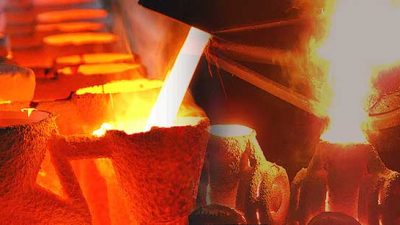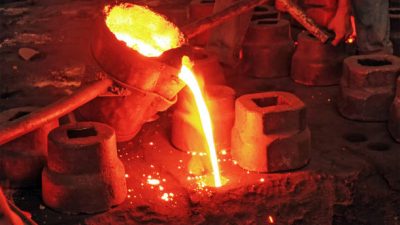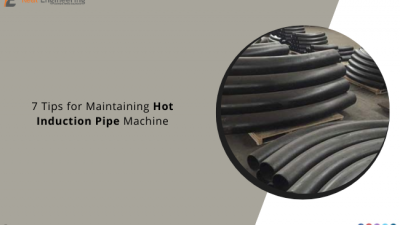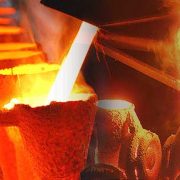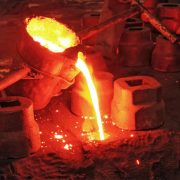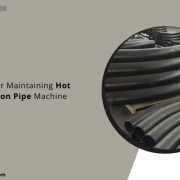Sand Casting is a popular metal joining process in which molds are made, a mold nest is created on a sand bed, molten metal is poured, and the sandbox is crushed to receive the molten material.
The traditional and popular casting method benefits from the ability to cast large quantities of material, high clarity and low drying costs. Sand Casting is part of a complex process and raises concerns about several defects that can reduce product quality.
The key to preventing and mitigating metal disposal deficiencies and setting expectations and tolerances is identifying the cause of the discrepancies and finding solutions to prevent them.
Sand Casting Shrinkage Defects and Prevention Techniques
Low vibration is one of the most critical adverse factors of Sand Casting, affecting sandblasting quality. This is where painting mistakes occur because the painting process is incorrect, resulting in holes in the painting.
The two types of typographical errors are typographical and typographical errors containing holes. Open shrinkage defects are visible on the surface of the casting with the eye, while closed shrinkage defects are visible in the casting.
- Open shrinkage defects
Dull corrosion damage is caused by improper corrosion and air entrainment into the mold. They are divided into two categories: the mechanisms and the visible round parts of the mold. Places filled with sand weaken this area.
- Close shrinkage defects
Adjacent shrinkage defects, also known as shrinkage porosity, are holes in the melt where some molten metal is hotter than the rest of the liquid material.
They are in the microporous or microporous phase, which weakens the casting and affects its anti-corrosion properties. Macro shrink porosity is a large void with a rough and smooth surface. Micro shrinkage porosity appears as peaks or lines.
Minor retraction defects are visible to the naked eye, but minor retraction defects are visible under a microscope. The pressure usually drops because the hardness of the melt is uneven or uncontrolled.
The main reason is the incorrect configuration of the landfill and the following technical works:
- Broken door and elevator (feeder) system.
- The output temperature Is too high
- Movement of the mold in the wall due to the high pressure of the metal
- Refrigerators are not installed correctly
- A sudden change in plate thickness
Fusion
Casting occurs when grains of sand are mixed with molten metal. It is a thin, flimsy-looking shell with the edges firmly attached to the shell. Casting defects cause and prevent melting
- Integration has two primary motivations: Lack of resistance against soil or sand
- The metal has a very high melting point
Durability is the casting material’s ability to withstand liquid temperatures without binding to the metal.
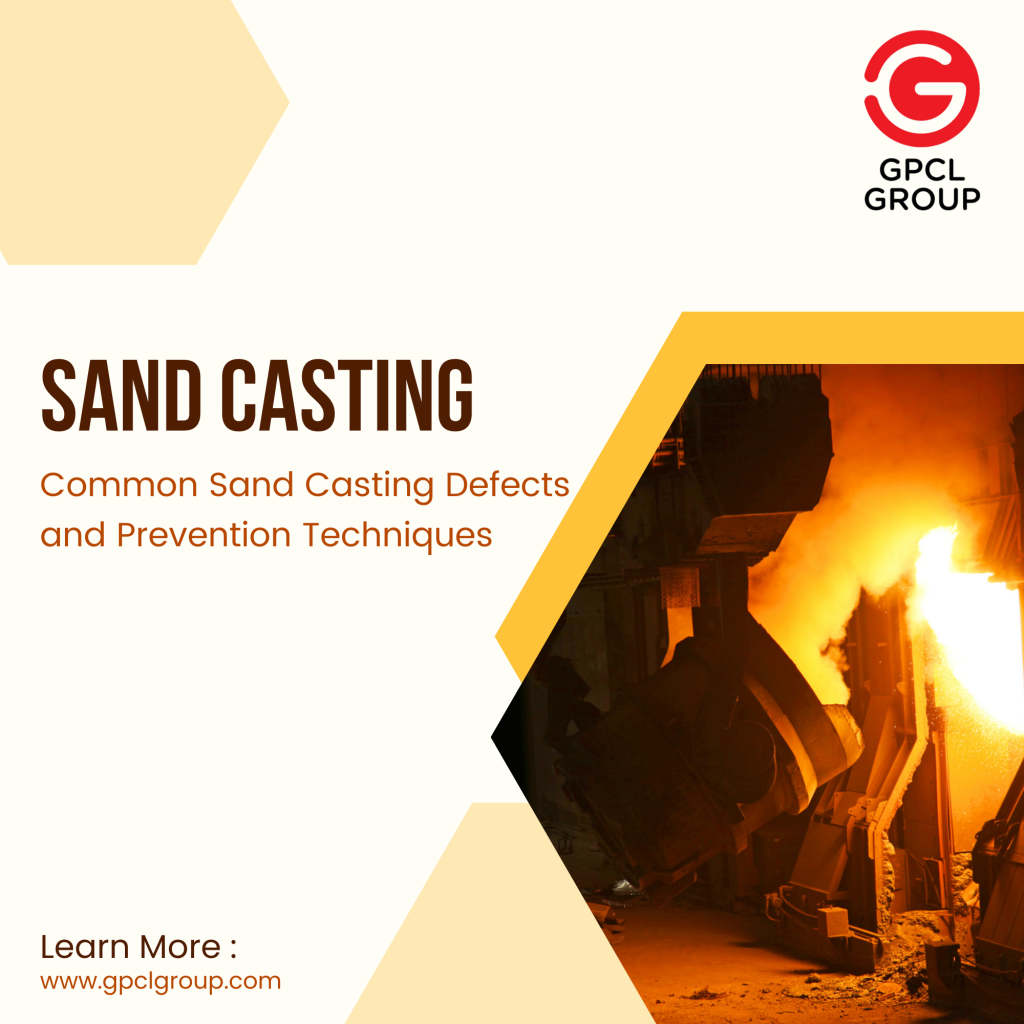
Ways to treat casting shrinkage defects
This Sand Casting is inevitable, but we can mitigate these metal defects through geometric changes and process changes. Below are steps you can take to improve the quality of your final water:
- Design an adequate collection system to ensure a continuous flow of molten metal
The clock system design must meet the following criteria:
- Metal flow regulation is not affected, consistent, leak-free, flexible, and consistent.
- Fill the mold cavity immediately without the loss of molten metal.
- Adjust the mold cavity temperature for strong metal cooling.
- You will need to design an appropriate feeding system to compensate for the reduced stiffness and reduce empty shrinkage.
The riser is a container of molten metal used to feed molten water into the mold cavity to compensate for the reduction in grinding time. There are two criteria in the design of the elevator system:
- The viscosity must be sufficient to compensate for solidification shrinkage.
- It should undergo final casting hardening, solidify after compaction, and remain liquid as long as possible.
- Reduce overall volume loss by increasing mold temperature
- Install cooling, cooling fins or integrated cooling valves to increase ambient temperature
Conclusion
Before you do that, you need to set apparent error reduction and quality expectations for your suppliers so they understand your quality standards.
Sand Casting can vary depending on the manufacturer and the type of faults. Tolerating these painful mistakes will help your supplier better understand your values and avoid future misunderstandings and quality issues.
Fire safety is a crucial yet often overlooked aspect of sand casting operations. The process involves high-temperature materials, flammable chemicals, and heat-generating equipment, all of which pose significant fire risks if not managed properly. Incorporating Fire Protection Service is essential to ensure workplace safety and operational continuity.

